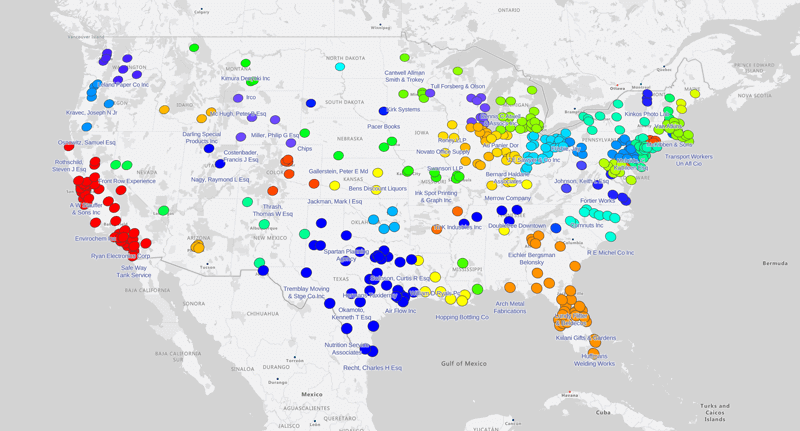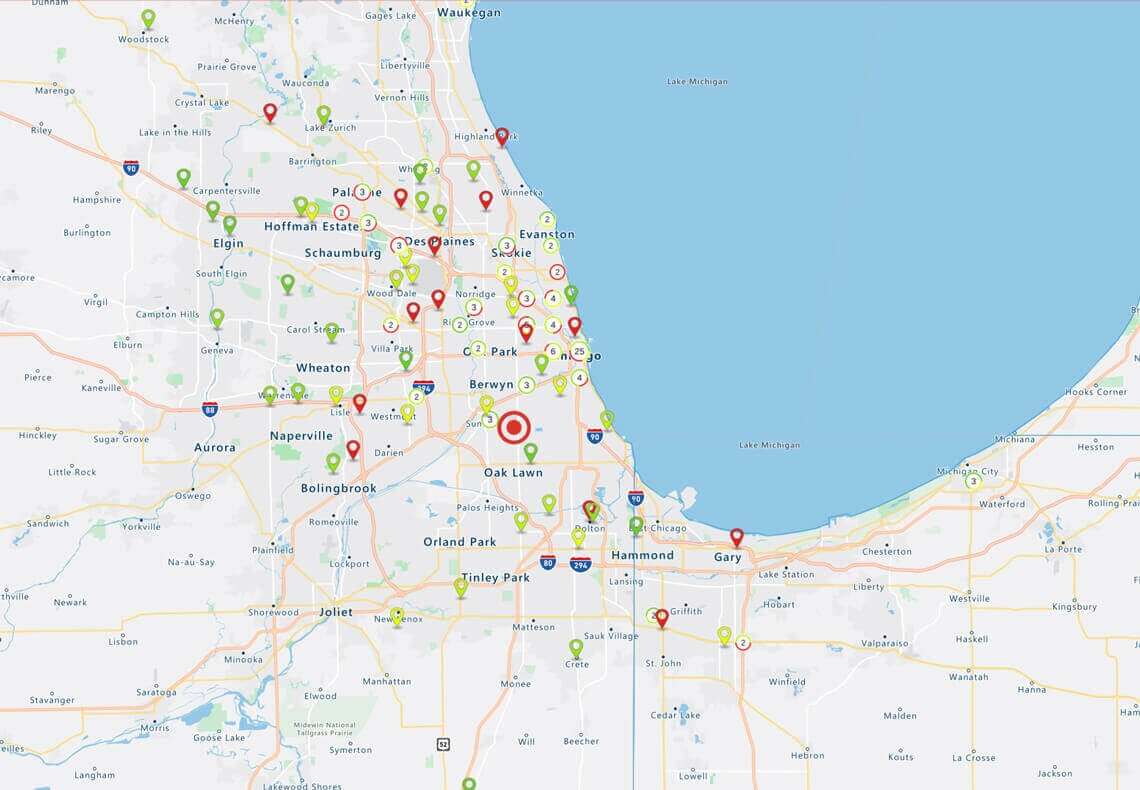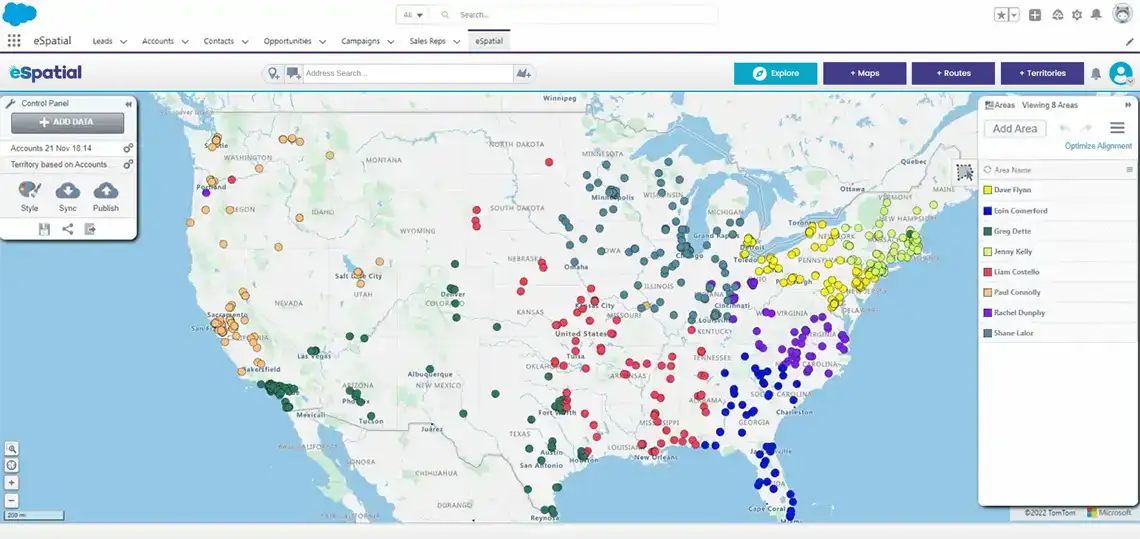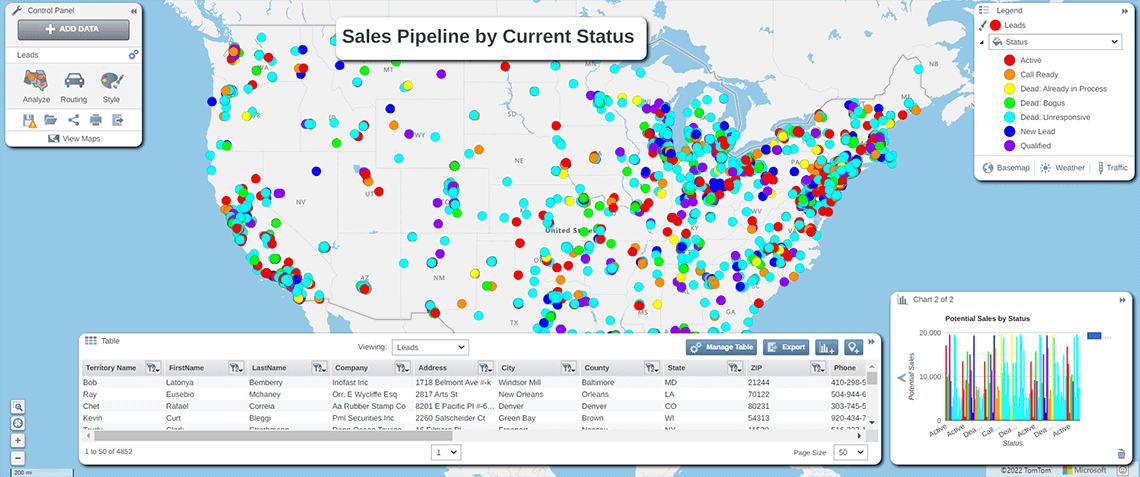This article will demystify creating your Sales Process and remain grounded in practical ways to develop a process that fits your business model and makes pipeline management easy.
Quick answer
To design and build an effective sales process, you should:
- Start by defining clear objectives, your ideal customer profile, and a methodology that aligns with the buyer’s journey.
- Map each stage from lead to close, and document key triggers, actions, and handoffs.
- Use automation and CRM tools to streamline workflows and guide reps.
- Regularly review performance through coaching and tracking.
- Integrate social and guided selling to improve engagement, consistency, and win rates across your team.
Define Clear Sales Objectives
and Methodology
Start with clarity. In our article on sales strategy development, we outlined the importance of knowing "where you play" and where you won't play. In other words, who is your ideal client, and what is your perfect market, vertical, industry, and segment?
Use your CRM data and market research to be 100% clear on your ideal customer profile, and explore our heat maps, pin maps, and ZIP code maps for your analysis.
Your sales process design analysis should include:
- Industry
- Business revenue size
- Metrics (What is important to you? For some technology sellers number of PCs is an important metric)
- Employee numbers
- Personas (Who are the primary influencers and decision-makers in your sales process, what roles do they play, and when do they engage?)
- What are the business pain points you will address?
- What are the specific persona-based pains you address?
- Competitor share

Set your goals
- How will you measure success or progress?
- What goals will you set?
- What are your key objectives?
- How will you track and communicate progress?
A great approach is to write out your vision of success for your Sales Process. So, write as if you are reflecting on the success of your sales process 12 months after implementation. What is working well? Who is doing what? What does the reporting look like? What results do you see? What level of sales pipeline is in the funnel?
Finally, define your methodology. Whether it's MEDDIC, SPIN Selling, or a customer-path framework, it must be aligned with your buyer's journey.
A great approach is to write out your vision of success for your Sales Process. So, write as if you are reflecting on the success of your sales process 12 months after implementation. What is working well? Who is doing what? What does the reporting look like? What results do you see? What level of sales pipeline is in the funnel?
Map and Document The
Current Sales Process
Visualize how your leads move today: from first touch (e.g., Google searches, event visits) to close. Capture key triggers (trial sign-up, proposal opens) and actions taken in response.
Document stages (see below), including MQL, SQL, proposal, negotiation, and close, with explicit rules and role assignments. Build a playbook for how each stage is moving, including content, follow-up steps, and hand-offs.
A great approach when creating your sales process design is to start with a whiteboard and draw out the steps involved. So, for example, your prospect may begin a journey with a Google search. Write down the search terms they use and pay attention to the types of queries they ask and the content they read.
Map your sales lead journey with these questions:
- What next?
- Do they reach out to you at this stage?
- Do they take a trial of your product?
- Do they chat with you online?
- What questions do they ask?
- How do you address each?
- It may begin to feel too hard, but believe me, it is worth your efforts.
Focus on the end result; you will have a map outlining your buyer's preferences. It will be the blueprint for how you will design your Sales Process.
Triggers such as product usage after a trial or engagement with a proposal are key stages in your buyer's journey. They indicate genuine intent to move forward, and it's up to you to respond with a repeatable next step, such as a sales call or automated follow-up.
Tracking how prospects interact with your content (e.g., time spent on a quote or whether it was shared) helps you prioritize high-intent leads.
How to Design a Sales Process
Consider the sales process design stages, starting with the buyer's journey, and how you will generate leads.
The sales process stages are:
- A prospect
- A lead
- A marketing qualified lead (MQL)
- A sales-qualified lead (SQL)
- An opportunity
- The stages of a sales opportunity and the probabilities associated with each stage
- The rules of engagement at each stage (create a sales playbook outlining the steps to take to build momentum)
Remember to define in writing how each progresses from stage to stage. For example, a lead becomes an MQL when they join a webinar or read more than 10 pages of content.
Buyer's journey
When designing a sales process, you must approach it from the perspective of your buyer's journey rather than your preferred approach to finding, generating leads, and converting those prospects to customers.
Too often, we design our process around the stages in a CRM:
- 5% - Lead qualified
- 10% - Value proposition creation
Generate leads
What channels are most effective at attracting prospects, and how will you execute each? You'll know most of the tactics available, but your business is unique, and deciding on the right mix is important for success:
- SEO
- Content marketing
- Google ads
- Social media
- Events
- Webinars
- Conferences
- Networks
- Referrals
- Upsales
- Cross-selling

Align Stakeholders And
Sales Territory Design
To build a team-based approach into your sales process design, consider all stakeholders involved in a buying decision. You should talk to at least 5 contacts in a target organization. Your chief stakeholders will come from sales to marketing, HR, and finance, but in a technology or complex sale, you may need to involve technical team members as well.
Territory planning software streamlines the process of designing sales territories by:
- Providing on-site service to clients
- Relying on relationship-driven sales
- Selling products that must be locally available
- Balancing workloads across field reps
Use eSpatial's mapping software to visualize existing territories, highlight overlaps, and discuss regional adjustments. Use account/pin maps to consider competition, customer types, and market potential in the sales territory design process.
Implement, Automate, And
Enable the Sales Process
Turn strategy into action by mapping each stage of your sales process and identifying where automation can remove bottlenecks.
Roll out tools and automation, such as:
- CRM workflows
- Email triggers
- Integrated routing
- Mapping tools
Empower teams with easy visual tools, data, and clear steps so they can sell efficiently and consistently. Use your CRM to track deal activity levels and monitor the gaps in how your team executes against their plan.

Your negotiation phase of the process is the most nerve-racking. Despite following your sales process design, you cannot guarantee success, but through consistency over time, you will see an improvement in win rates.
When it comes to closing the deal, ask these questions:
- What is your structured approach to negotiating and finalizing sales deals?
- Who does what and when?
- What are the essential habits to embed?
- How will you hand over the customer to your post-sales support team to create a smooth onboarding process?
Monitor, Review, and Optimize
Regular evaluation and refinement are essential for maintaining and optimizing your sales process. It also helps you spot top performers and inefficiencies, and ensures your sales team operates at its best.
Here's how to build a culture of continuous improvement through coaching, tracking, and process optimization:
- Sales deal coaching: Make ongoing deal coaching part of your culture. Each week, review a live deal against your sales process to spot gaps, share feedback, and reinforce best practices.
If emails look generic rather than tailored, use them as a teaching moment to elevate outreach quality.
- Track and analyze: Use your CRM to monitor activity levels and check if your team is engaging the right stakeholders. In complex enterprise sales, winning often depends on reaching multiple decision-makers.
- Continuous improvement: Conduct quarterly reviews to assess how your process meets your goals and refresh it annually to stay aligned with your buyers' journey.
The payoff? Higher win rates, better consistency across the team, and stronger, more predictable revenue growth. Read our article on Sales Time Management Tips for ways to optimize your team's productivity.

Integrate Social And
Guided Selling Techniques
Modern sales isn't just about cold calls and emails. Social selling empowers reps to use email nurturing, webinars, and networks like LinkedIn to build relationships, share valuable content, and become trusted advisors.
Guided selling complements this by giving reps data-driven prompts, checklists, and AI insights that recommend next steps and highlight gaps. Together, these strategies help teams engage the right buyers at the right time, follow your proven process, and boost win rates with greater consistency.
Conclusion and Next Steps
An effective sales process design combines alignment, automation, enablement, and continuous refinement, which can be visualized through business intelligence mapping solutions and CRM tools. Start by documenting your customer journey and territories, involving key teams, and then using mapping software to drive clarity and efficiency.
Next steps: Take a look at our GIS software pricing, and if you want to try before you buy, or need more information, sign up for a free trial or reach out to us on chat.


